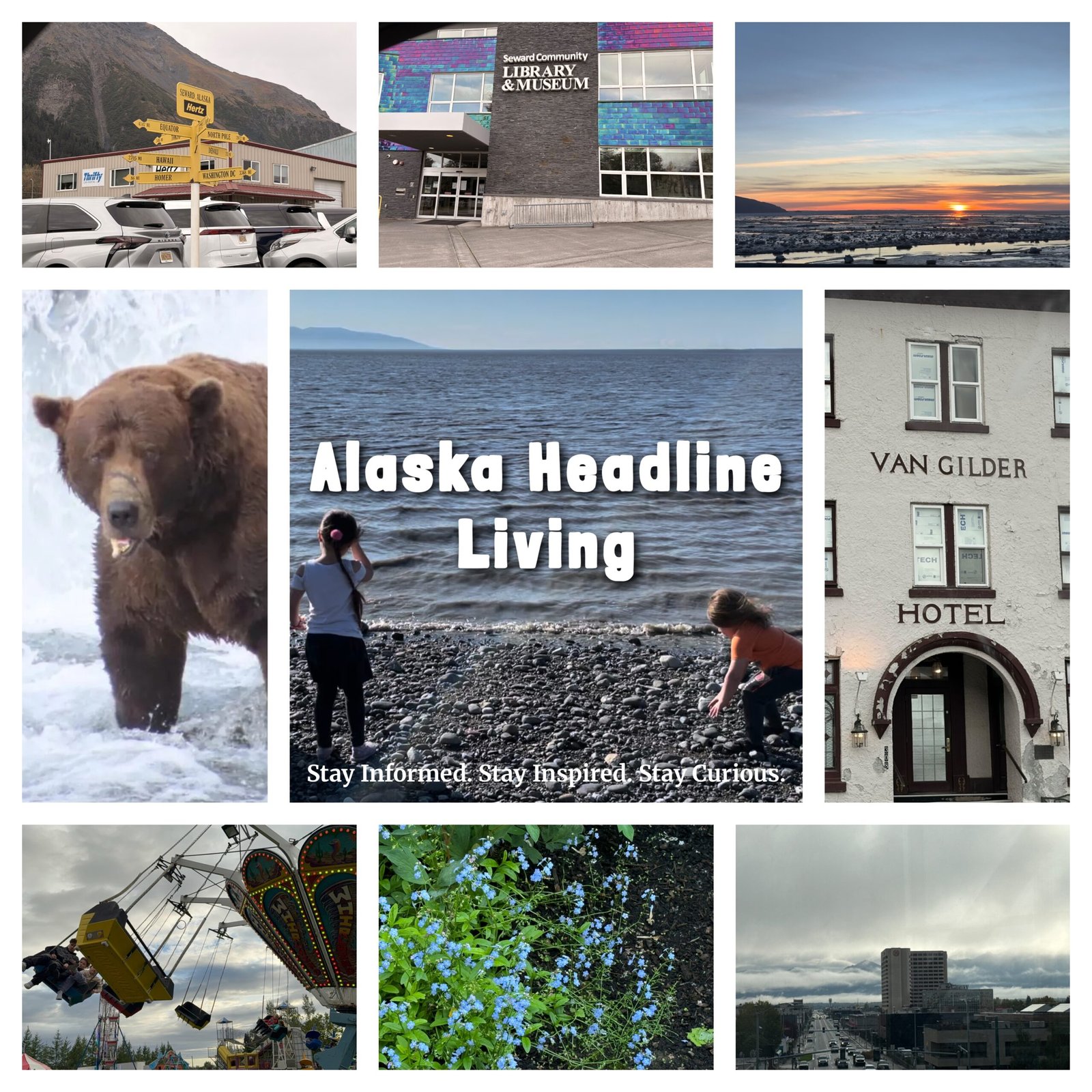How the Sun’s surge lit up our skies—even under a glaring full moon
1. Blast‑off from the Sun
Hold on to your binoculars and thermal hat, space weather just turned up the volume! According to recent observations from EarthSky, our stellar companion, the Sun, has erupted in spectacular fashion. A powerhouse sunspot region (AR4274) unleashed strong flare activity with elevated probabilities: M‑class flare chances jumped to ~80 % and X‑class chances climbed to ~30 %. (earthsky.org)
Alongside the flares, a series of fast‑moving coronal mass ejections (CMEs) hurled plasma outward. EarthSky emphasizes aurora watchers stay alert for incoming material and geomagnetic activity. (earthsky.org)
2. Why the heavens responded
So why does this solar drama translate into glowing skies and charged Earth? NOAA Space Weather Prediction Center explains:
- A geomagnetic storm occurs when the solar wind and embedded magnetic field efficiently transfer energy into Earth’s magnetosphere. (swpc.noaa.gov)
- When a CME arrives with a southward interplanetary magnetic field (IMF)–opposite Earth’s magnetic field–the coupling is stronger, allowing more charged particles to stream down into the upper atmosphere. (swpc.noaa.gov)
- These energized particles follow Earth’s magnetic field lines to the polar regions, collide with atoms/molecules in the upper atmosphere, and release light—creating the aurora. (swpc.noaa.gov)
Putting that together: the recent active sunspot + CMEs + favorable IMF alignment = a potent recipe for geomagnetic disruption and vivid auroras.
3. Supermoon + Auroras = A show for the books

Cue the scene: a bright full “supermoon” lights up the night sky, yet despite its glare the aurora still danced. Night‑sky watchers around the globe—yes, even outside the usual polar zones—were treated to vivid greens, reds and purples flickering overhead. (earthsky.org)
For folks in Alaska (like you in Wasilla), this is an especially exciting turn of events. Even with the moon flooding the scene, the charged particles from the Sun are lighting up the upper atmosphere above you.
4. What’s heading our way?
Here’s a snapshot of what to expect based on both EarthSky and NOAA info:
- Solar flare activity: With the active region still facing Earth and high probabilities for flares, the Sun remains in “ready to pop” mode. (EarthSky: ~80 % M‑class, ~30 % X‑class).
- Geomagnetic storm potential: NOAA uses the planetary K‑index (“Kp”) to predict aurora visibility. Strong geomagnetic activity (Kp 6–7) expands the auroral oval southward.
- Aurora visibility window: NOAA’s “Aurora Viewline” tool shows how far south auroras might be visible based on Kp.
Prediction for Wasilla: With this combination of elevated flare risk + expected geomagnetic activity, your area has a strong chance of vibrant auroras tonight through the next few nights, especially if skies are clear.
⚠️ Important NOAA update: Due to the U.S. government closure, NOAA accounts may not be regularly updated, but critical forecasts and life‑safety information remain available at weather.gov. (NOAA Facebook/X)
5. What to look out for & how to catch the aurora
- When: Late evening to early morning; best times are after local midnight.
- Where: Away from city lights, clear skies facing north‑east to north‑west.
- What to bring: A warm jacket, hot drink, patience. Even if the moon is bright, watch for faint coloured arcs or shimmering bands.
- Bonus: Tripod + camera can capture spectacular shots even under moonlight.
6. Camera settings tip (Supermoon + Aurora conditions)
- Manual mode: full control of aperture, shutter speed, ISO.
- Tripod & remote/shutter delay: avoid camera shake.
- Aperture: f/2.8 or wider.
- Shutter speed: 10–20 s; reduce to 4–8 s if aurora moves quickly.
- ISO: 800–1600 to balance faint colors and noise.
- White balance: ~3400–3600 K.
- Focus: manual on a bright star or moon edge.
- Composition: include foreground for scale; moonlight can help illuminate it.
- Review & adjust: check histogram and avoid overexposing moonlit areas.
7. Why it matters
This isn’t just beautiful. It’s science in action. NOAA notes these storms can affect satellites, HF radio, GPS, and even power systems. (swpc.noaa.gov)
🌕 Plus, witnessing auroras under a full moon, usually a rare occurrence, makes this event extra special.
Bottom line:
The Sun’s in a feisty mood, and the full moon lights your yard, making it a rare night for auroras. If skies clear in Wasilla, step outside tonight, set up your camera, and see those glowing ribbons of green and red overhead. Purple if you’re lucky.




